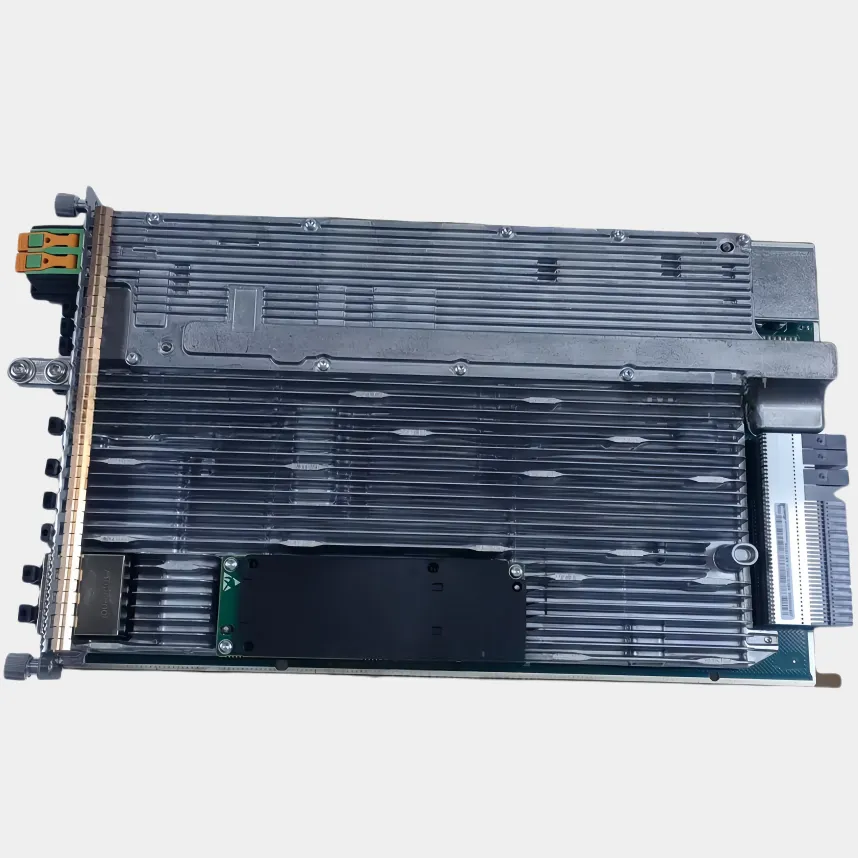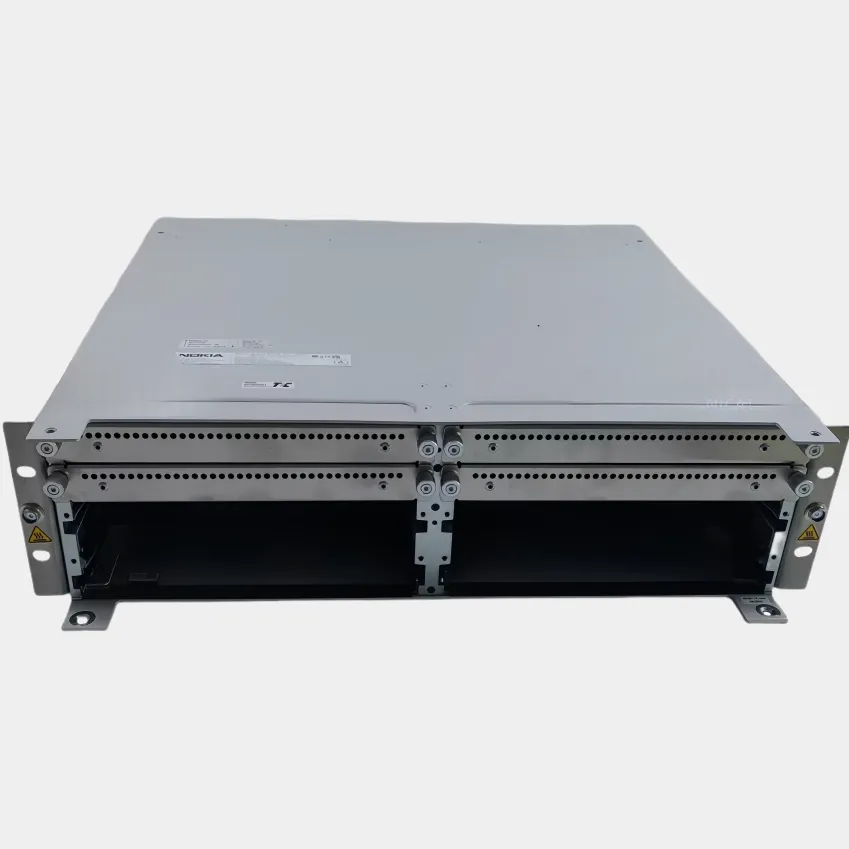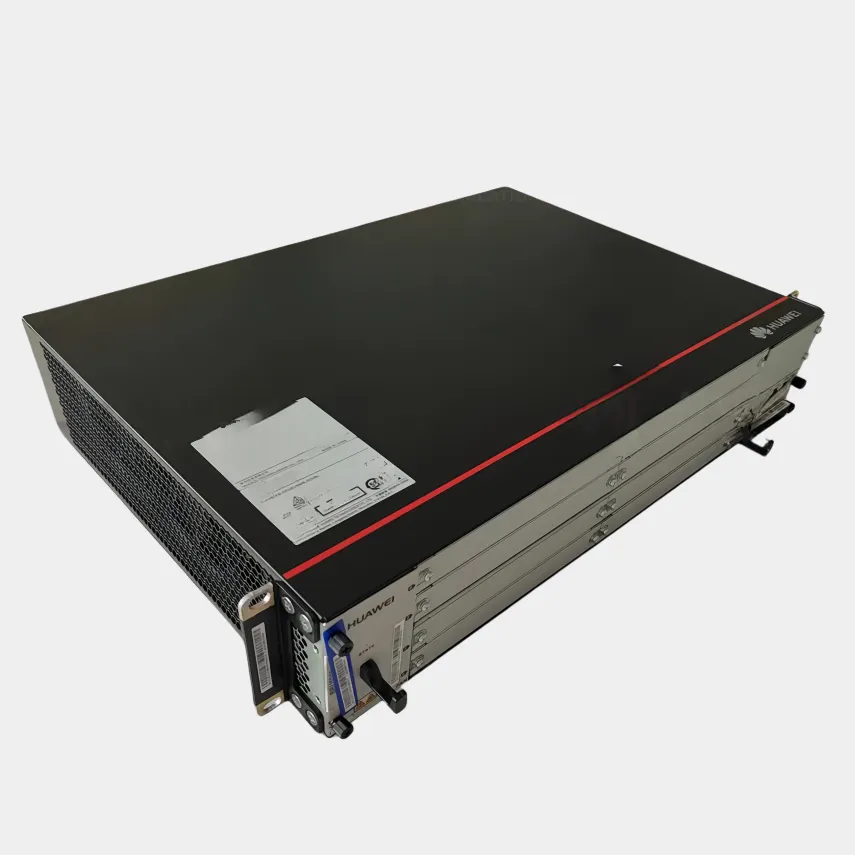BBU (Baseband Unit) core network integration refers to the seamless connection of BBUs critical components in 4G/5G radio access networks (RANs) with the core network, enabling efficient data transmission, signaling, and network management. BBUs process baseband signals from RRUs (Remote Radio Units) and interface with the core via standardized protocols like S1 (for 4G) or NG (for 5G), facilitating communication between user equipment (UE) and core network functions (e.g., AMF, SMF in 5G). Integration involves establishing high capacity, low latency links typically using fiber optics or high speed Ethernet to handle the large data volumes from multiple RRUs, with bandwidth requirements scaling with the number of connected users and services (e.g., 5G NR supports up to 20 Gbps per BBU). Synchronization is paramount: BBUs rely on GPS or IEEE 1588 Precision Time Protocol (PTP) to align with core network timing, ensuring consistent signal transmission across cells. Virtualization, a key trend, integrates BBU functions (e.g., baseband processing) into virtualized core infrastructure (vBBU), reducing hardware costs and enabling dynamic resource allocation. This integration supports network slicing, allowing BBUs to prioritize traffic for specific slices (e.g., low latency for gaming vs. high throughput for streaming) as directed by the core. Benefits include reduced latency (by minimizing data hops), simplified network management via unified O&M (Operations and Maintenance) systems, and improved scalability to handle growing user demands. Challenges include ensuring compatibility between legacy BBUs and modern core networks, managing increased data traffic without congestion, and securing the BBU core interface against cyber threats. Successful integration is critical for delivering the full potential of 5G, from enhanced mobile broadband (eMBB) to ultra reliable low latency communication (URLLC).


